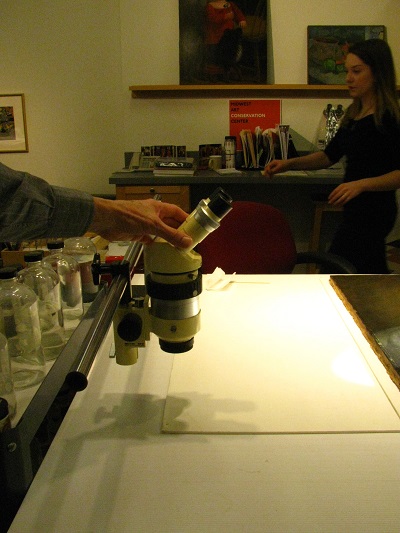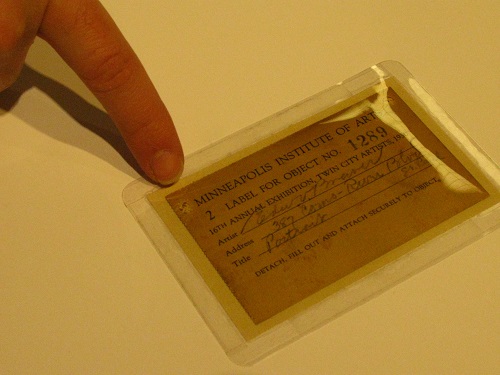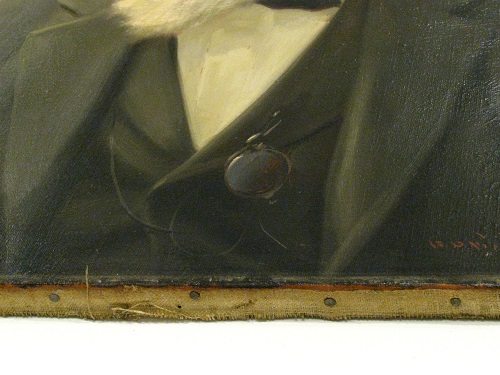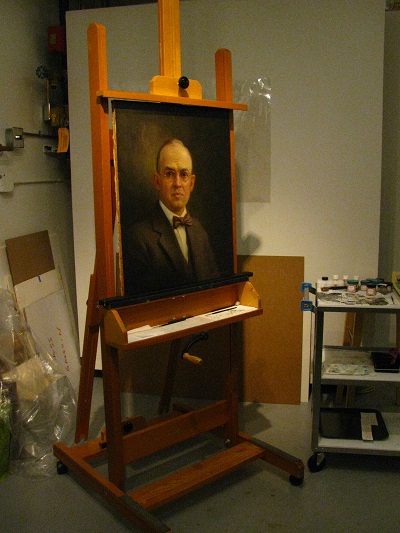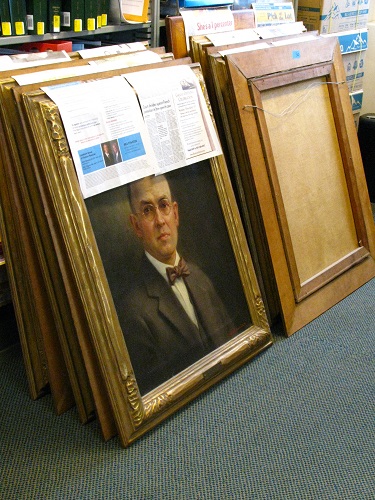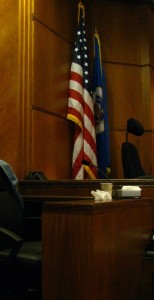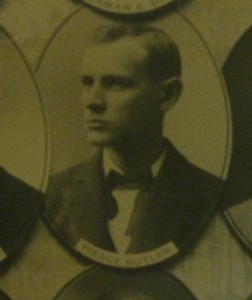 The first thought of many litigants who lose their case in Minnesota District Court is to appeal the decision. After all, the judge and jury got it all wrong as far as they are concerned. Indeed, sometimes a court DOES get it wrong, and appeals courts exist for this very reason. But self-represented litigants can be unpleasantly surprised at what an appeal requires, especially in terms of their time and energy. Before you decide that appeal is the answer to your unfavorable judgement, here is the very least of what you should be aware of.
The first thought of many litigants who lose their case in Minnesota District Court is to appeal the decision. After all, the judge and jury got it all wrong as far as they are concerned. Indeed, sometimes a court DOES get it wrong, and appeals courts exist for this very reason. But self-represented litigants can be unpleasantly surprised at what an appeal requires, especially in terms of their time and energy. Before you decide that appeal is the answer to your unfavorable judgement, here is the very least of what you should be aware of.
1. Filing an appeal is expensive. The filing fee for an appeal in Minnesota is currently $550. One must ask if this is really for it for minor adverse judgments, like a traffic violation. Of course, you may apply for a fee waiver, which may or may not be granted. Further, if you lose on a civil appeal or the Court determines your civil appellate claim was frivolous, you could be ordered to pay costs for the opposing side.
2. For civil cases, you must also determine if your case is appealable. Not every decision or judgment is technically eligible for appeal under Minnesota law. Best to read Rule 103.03 of the Minnesota Rules of Appellate Procedure.
3. Not every case has grounds for appeal, or merit. Filing an appeal is not a “do over” of the case, and mere dissatisfaction with the decision is not a legal basis to challenge a decision. You also cannot bring new arguments, evidence, or witnesses into your appeal. Read more about this on the MNCourts webpage.
4. There are time limits for when you can appeal. Civil appeal time limits might be governed under Rule 104.01 of the Minnesota Rules of Appellate Procedure, but not always. Criminal judgments have appeal time limits of their own. Start with Rule 28 of the Minnesota Rules of Criminal Procedure if you are trying to determine yours.
5. Preparing an appeal involves much more than simply filling out the forms. Much of the extensive research and paperwork you must do is toward the requirement that you prepare a written argument, or brief for your appeal. (Most practicing attorneys will tell you they spent significant time researching and writing their first appellate brief in law school, and you likely will as well.) We have some appellate brief samples you can see here in the law library, plus this Libguide on appeals from the State Law Library offers online samples as well.
This all said, for pro se litigants who believe they have grounds for an appeal and want to pursue one, there are some additional resources which can help. The Courts webpage offers answers to basic questions on both civil and criminal appeals. An excellent written guide for pro se litigants filing an appeal is this one from the Battered Women’s Legal Advocacy Project. Finally, the Minnesota State Law Library has recently started an appeals clinic, where attorneys can help you with questions including applicable deadlines, filing forms, and brief writing.
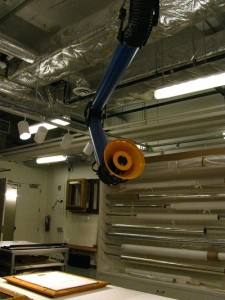 The huge, high-tech light pictured on the right is not part of a hospital- at least not in the traditional sense. This is one of the tools that one can see when they visit the Midwest Art Conservation Center (MACC). We paid a visit last week, where the last installment of our judge portraits were getting their state-of-the-art restoration treatment. This visit provided us a rare opportunity to see our judges up close, even under the microscope! The details of the portraits, including the canvases, varnishes, brush strokes, are simply unbelievable! We also witnessed the painstaking process of cleaning each portrait, with hand-rolled cotton swabs. (Keep in mind that years of “smoking” had left a yellow-brown film on all of the gentlemen.)
The huge, high-tech light pictured on the right is not part of a hospital- at least not in the traditional sense. This is one of the tools that one can see when they visit the Midwest Art Conservation Center (MACC). We paid a visit last week, where the last installment of our judge portraits were getting their state-of-the-art restoration treatment. This visit provided us a rare opportunity to see our judges up close, even under the microscope! The details of the portraits, including the canvases, varnishes, brush strokes, are simply unbelievable! We also witnessed the painstaking process of cleaning each portrait, with hand-rolled cotton swabs. (Keep in mind that years of “smoking” had left a yellow-brown film on all of the gentlemen.)